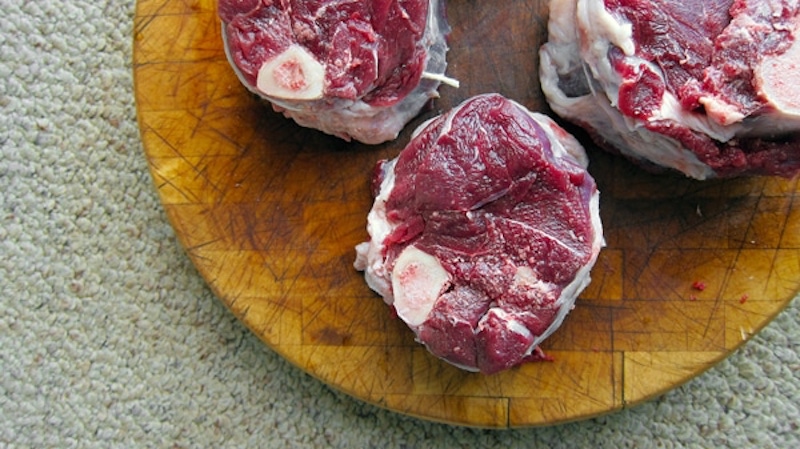Distinct steps in crunchy leaves caught my attention and a flash of antlers sealed the deal. I was sitting on the ground among some small shrubs and knew that the approaching buck would quickly spot me. A quick glimpse of its antlers showed it was a legal 4×4 and I knew I must act quickly. I immediately flicked off the safety, aimed at the direction of the buck, and readied the shot. As expected, the buck’s chest appeared in the open, its head went to immediate alert, and no doubt it would have bolted in the next instant. Too Late! The range was 20-something and I knew the speedy arrow from the Ravin 26RX would be within an inch of point-of-aim. Within seconds, I saw a small tree shaking and knew the deer was down. This success was the perfect example of point-and-shoot.
Aim Like a Cell Phone Picture
I’ve taken tens of thousands of pictures with a 35 mm camera during my outdoor writing career. My big Nikon takes great pictures, yet it’s bulky, I need to know the focus, lighting conditions, and carefully construct the image I want people to see.
Despite the camera’s many attributes, it often stays in my backpack since I can get nearly the same results with my point-and-shoot cell phone camera. In today’s digital world, a computer chip makes all the decisions you need for a near-perfect photo every time. Likewise, the speed of today’s crossbows allows you to point and shoot with near-perfect results.
The Secret is the Sight-In
The outdoor industry has programmed archers, compounds, and crossbows, to think in terms of 20 yards. Most scopes have their adjustments based on this range and it is natural to want a shot at this distance. However, if you sight your crossbow in at 25 yards, you will find that arrows fly slightly higher than point-of-aim (POA) and a tad low at 30 yards.
Depending upon the speed of your bow, you may well be within the kill zone of a whitetail at 35 yards. The variation from POA will vary according to the speed of your bow and the weight of your arrows. The beauty of the point-and-shoot sighting system is the elimination of ranging which can cost critical seconds when a big buck suddenly shows up.























